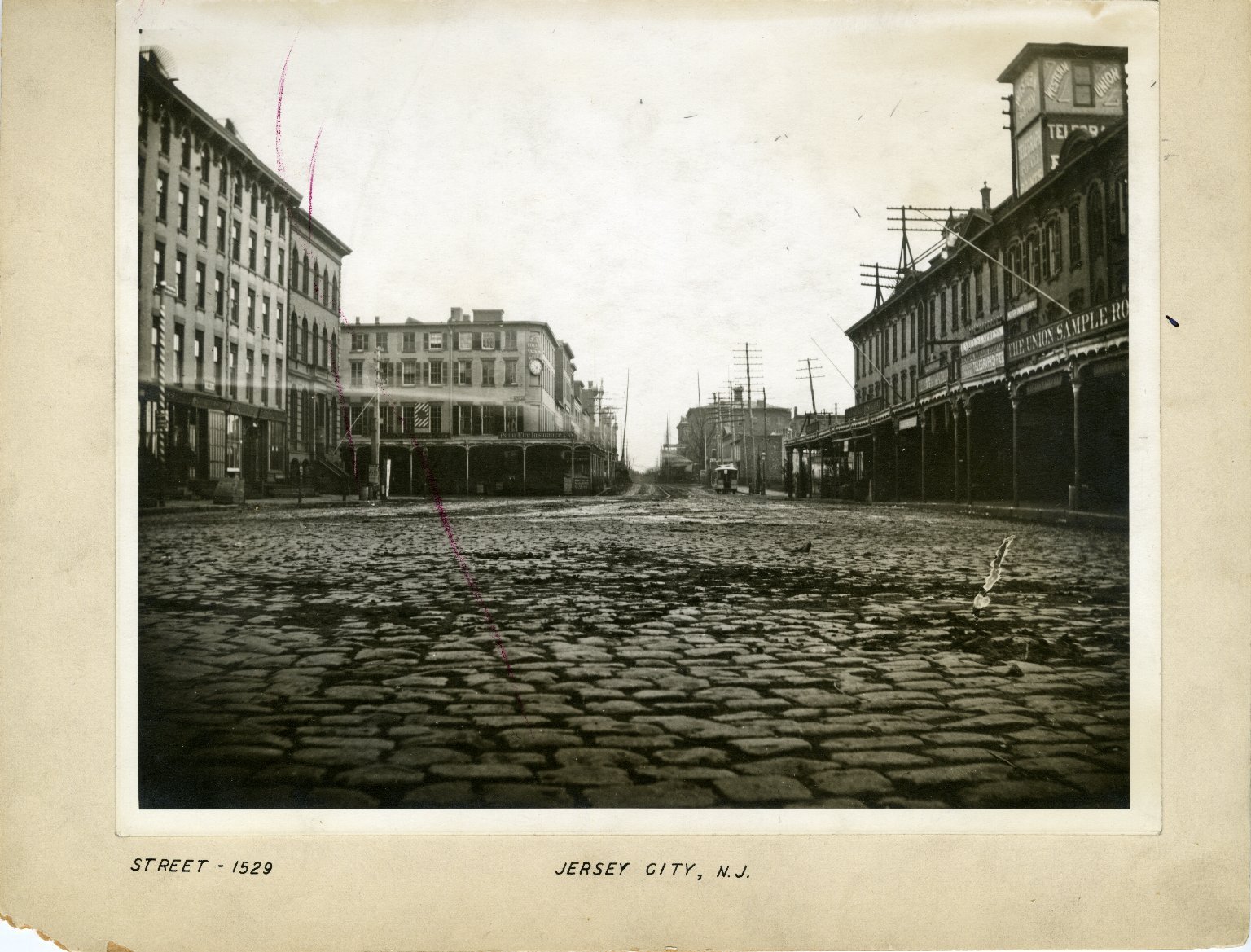Jersey City, The Oldest City in New Jersey
Rich in history, Jersey City first founded in 1660 by the Dutch and was originally called Netherlands, Hudson, Paulus Hook, or in Dutch, “hoeck” meaning Point of Land. Jersey City is considered to be the oldest city in New Jersey and the birthplace of our nations Religious Freedom and the right to own land.
Jersey City’s infamy began in 1630 when the land was deeded to Michael Reyniersz Pauw with the condition that he would start a settlement. Unable to fulfill this promise, he was forced to turn it over but the land kept its original name, Pavonia, the Latin form of Pauw. Soon after the land was turned over to Peter Stuyvesant, governor-general of what was called “New Netherlands”, who had been commissioned to establish a settlement beginning with a school, religious congregation, and in which farms and homes were quickly built. Stuyvesant also brought about the beginnings of self-government in the area that is known as Bergen.
Alexander Hamilton is credited with designing the layout for what is now known as Downtown Jersey City after the American Revolutionary War. Streets and neighborhoods were marked out for the further development of the village and each was given a name to commemorate a war hero from the recent conflict.
For many former slaves and enslaved African Americans, Jersey City became a stop on the Underground Railroad providing access to freedom via New York City, New England, and Canada. Hiding in wagons, families, and individuals were transported to the banks of the “River Jordan” otherwise known as the Hudson to embark on a journey aboard ferries, fishing and coal boats.
Early in the 1800s, eager developers purchased land along the river bank with dollar signs in their eyes. The waterfront quickly became a transportation hub for ferries and steamboats across the Hudson to and from Manhattan Island. With the arrival of the railroad and the Morris Canal, the town quickly rose as an economic force as manufacturing moved in to take advantage of its accessibility to transportation.
By 1838, Jersey City was officially established and during this time was an attractive location for not only Dutch immigrants but others from various parts of Europe as well adding to its diversity and cultural flair.
With this influx of immigrant workers, big industry had the transportation, resources, and now manpower to flourish giving the city traction in its rapid rise to stardom as one of New Jersey’s most important cities.
In 1908, two tunnels were opened, the Hudson and Manhattan Tubes, providing additional access for the transportation of goods and passengers to the Greater New York area, solidifying its value as a transportation and industrial center.
Jersey City and its advantageous location near Manhattan on the Hudson River became home to millions of immigrants from Europe during World War II. As an industrial mecca of the northeast, it attracted workers from around the world in search of a better life in America. It became a “melting pot of nationalities” like its motherland, The Netherlands, in terms of diverse ethnicities, economic status, and religious backgrounds. This diversity strongly influenced the very nature of the city and its eventual transformation into a major U.S. city.
The idea that every individual maintains their distinct identity is apparent in how neighborhoods were established and the religious freedom that the settlers and residents experienced, each being tolerant of the others’ preferences and beliefs.
The strong Dutch influence permeates the city with many buildings built in the Dutch tradition remaining. “Jersey Dutch” was considered to be the language of the area until the 20th century and many Dutch surnames are still prevalent. Even street and neighborhood names still maintain a hint of its Dutch heritage.
After the industrial era and the bankruptcy of the railroads, Jersey City fell into a state of disrepair, poverty, and desolation. Its waterfront properties, once a hub of manufacturing and prosperity, now were nothing more than decaying piers and fallen buildings. Their value was then appreciated by developers who once again saw the possibility of earning great wealth. Corporate offices, apartment buildings, and tall towers were established and the Jersey City skyline is now the home to beautiful museums, gorgeous towering buildings, and even the largest planetarium in the United States.
Jersey City is considered to be one of New Jersey’s most modern cities and markedly the oldest with its rich history in the Dutch tradition, religious freedom, diverse culture, and its industrial history, making it not only the oldest but one of the most important cities in the world.











